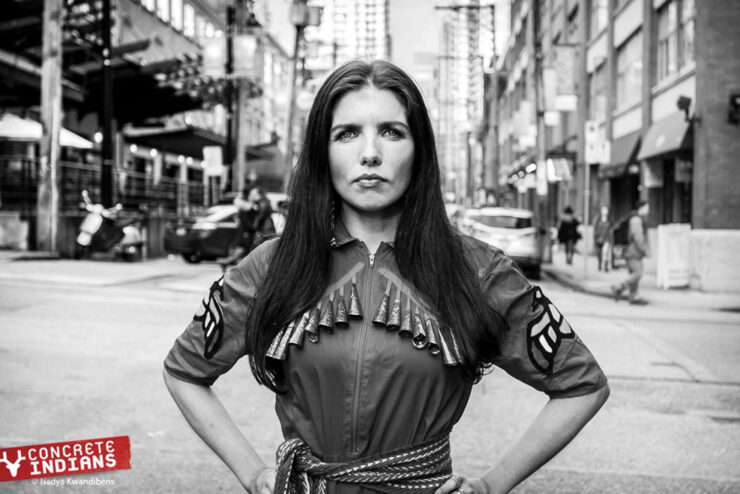How are we supposed to react when a favoured artist does something you can’t agree with?
The rise of social media has, for better or worse, allowed artists to make themselves accessible to audiences. With every TikTok, tweet, or livestream, we feel like we come closer to their “real” personalities and, frequently, their art.
Growing online transparency has brought us uncomfortably close to the true nature of our idols. As parasocial links tighten, consumers are finding themselves in tough positions. What if the artists we adore are, in fact, terrible people?
Popular artists build personas which audiences are eager to accept as truth. It’s common across the internet to treat artists like we know them, even when we really have no idea who they truly are.
The confines of parasocial relationships between artists and fans can make one scandal feel crushing. Not only does the fan feel deceived, but their relationship with the art becomes tainted. To them, the art and the artist have become inextricably linked — the context of the work changes its implications. Their connection to the art is now tied to a false persona.
It’s worth asking why we feel the need for the art we love to be produced by upstanding citizens. People seem to fear that the admiration of a bad person’s work reflects personal immorality. But is virtuosity a fair demand to place upon artists?
Meaningful art sometimes comes from wicked human beings. This can be hard for consumers to reconcile, but our response to scandal often reveals a dangerous effect of the parasocial bond.
Recently, the Sun reported popular singer-songwriter Rex Orange County was charged with six counts of sexual assault. Viral tweets and TikTok videos illustrated shocked fans bemoaning the depreciation of the artist’s music and merchandise. It’s worrying that a common response to criminal allegations has fans grieving the broken illusion of an artist they revered, rather than considering the victim and crime. Given the nature of the allegations, it feels insensitive to insert his art into the discourse at all.
On the other hand, we know context does impact meaning. Art can never entirely be separated from its artist. Creation is inspired by life. The entire endeavour of separation is, more often than not, a distortion to make consumers feel better about supporting unsavoury characters.
Ignoring the link between the transgressions of an artist and their personal artwork is a painless task when the violence doesn’t touch you. We all have standards of acceptable behaviour which are shaped by our experiences — fans are often wilfully ignorant as long as they’re not the target of malice.
It’s natural that not everyone will feel the same level of indignation for every crime, but to separate art from its artist is to disregard history. While listening to music from a bigot may not reflect one’s personal social views, a total refusal to acknowledge the context just might.
We have a responsibility to engage critically with the media we consume. Boycotting racist authors from centuries past is impractical and fruitless. Instead, as we engage with it, we can consider how these attitudes influenced their work. We can listen to music, read books, and look at artwork by people whose actions we condemn — but it’s imperative that our condemnation is more than just silence.
There’s no accountability for artists who continue to sell out stadiums and win prestigious awards. It’s possible to appreciate art without glorifying the person behind the microphone. It’s not all or nothing. There are steps we can take to at least limit our support.






